SINGAPORE - SMRT and the Land Transport Authority (LTA) have agreed on a new rail financing framework after four years of negotiation.
Pending approval from SMRT shareholders, the Government will take over all operating assets from SMRT from Oct 1.
Here's what you need to know about the deal:
1. Why this is happening
The New Rail Financing Framework was announced by the Government in 2008.
Rail operating assets will now be owned by LTA, who will decide when to build up, replace and upgrade the operating assets to meet rail ridership and commuter expectations.
The intention behind this move is to free the rail operators, SMRT and SBS Transit, of heavy capital expenditure.
They are to focus on providing reliable rail services for commuters.
2. Lines it affects
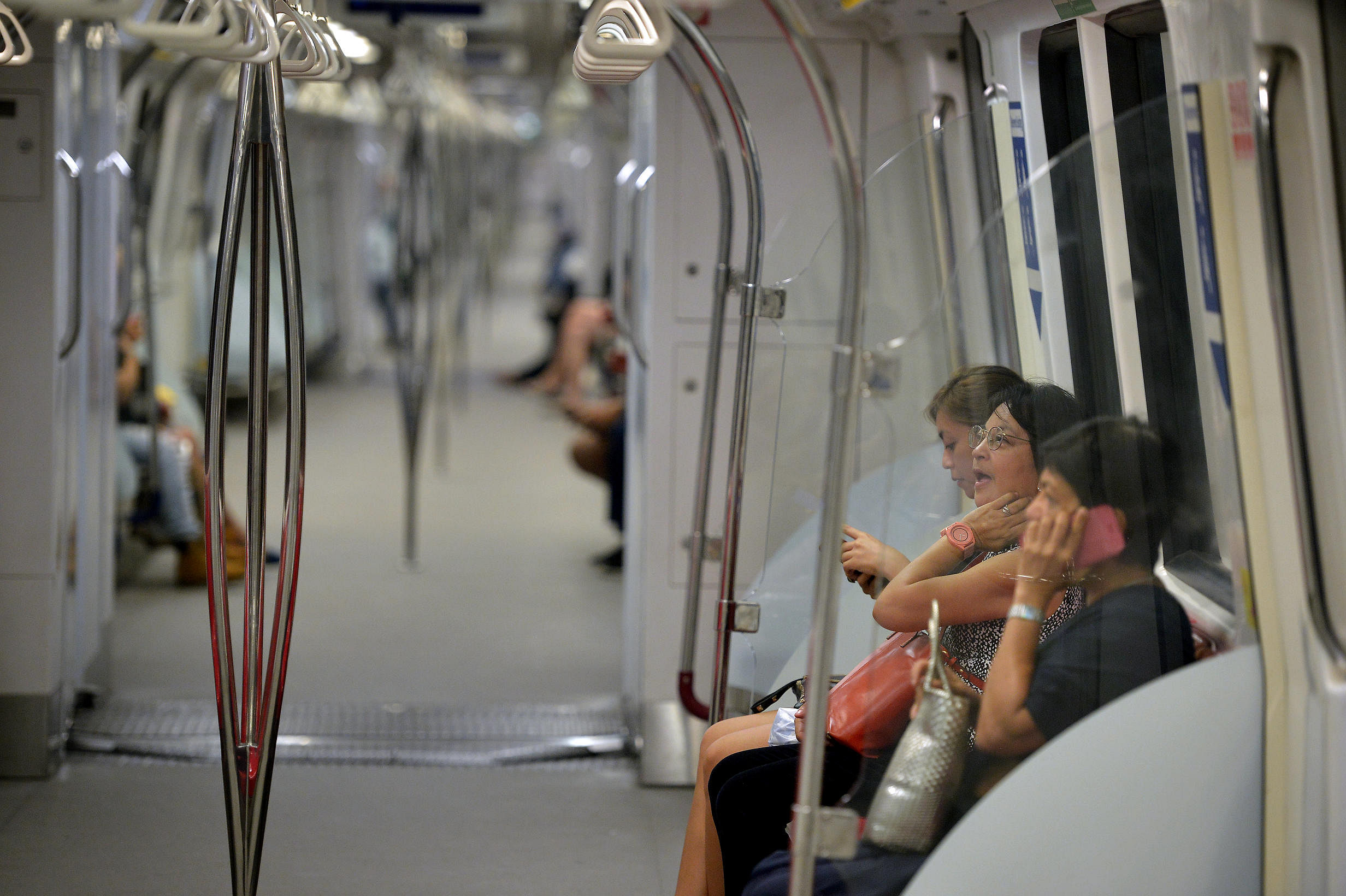
The current discussions involve the North-South and East-West Lines (NSEWL), the Circle Line (CCL) and the Bukit Panjang LRT (BPLRT).
The Downtown Line, operated by SBS Transit, is already under the new framework. Negotiations between the Government and SBS Transit on the North-East Line Sengkang-Punggol LRT are on-going.
3. What is being transferred
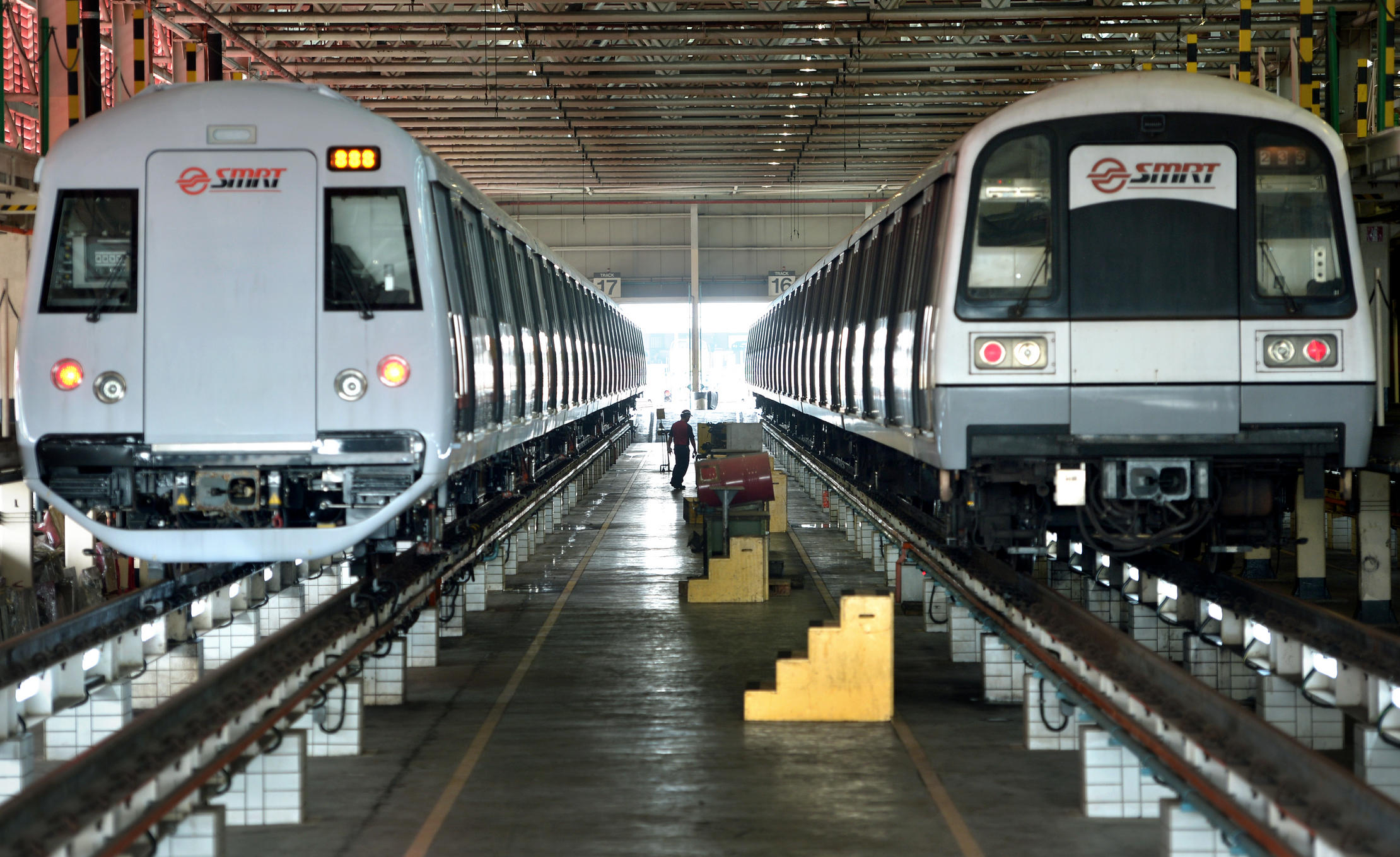
There are over 60,000 operating asset items. These include the trains, signalling system, maintenance equipment such as rail grinding vehicles, electrical and fire protection equipment, as well as equipment for power and building services.
4. It's worth about $1 billion
LTA will pay SMRT the net book value of its operating assets as at Sept 30, 2016. This amounts to $991 million or $1,060 million including GST.
Paying net book value for the assets was also the approach used for the transfer of assets from the Government to SMRT Trains in 1998.
5. Who will do what
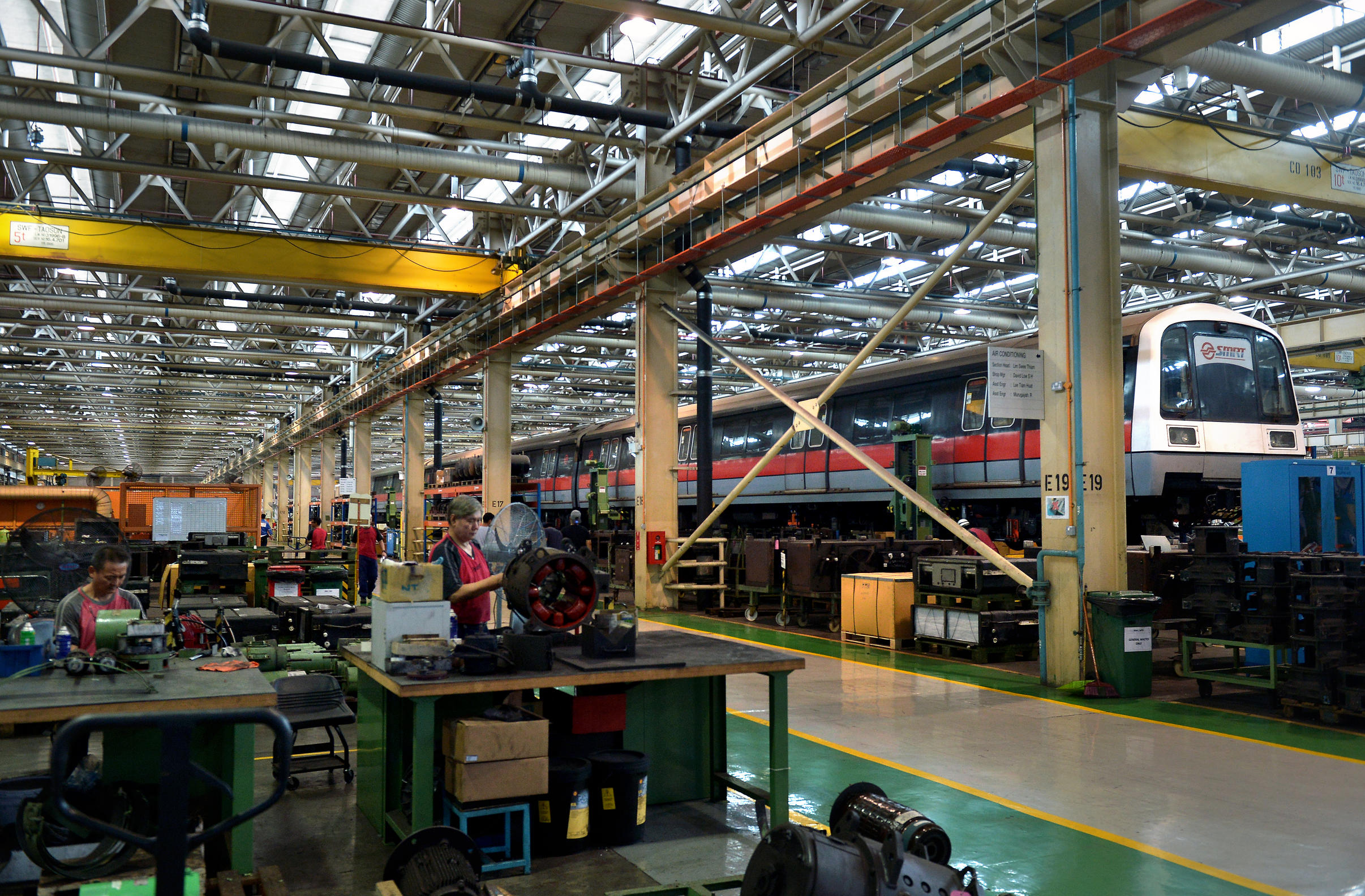
LTA owns and makes decisions on building-up, replacement and upgrading while SMRT remains responsible for maintenance.
LTA will impose new maintenance performance standards to improve the reliability of the rail system.
6. No, staff are not affected
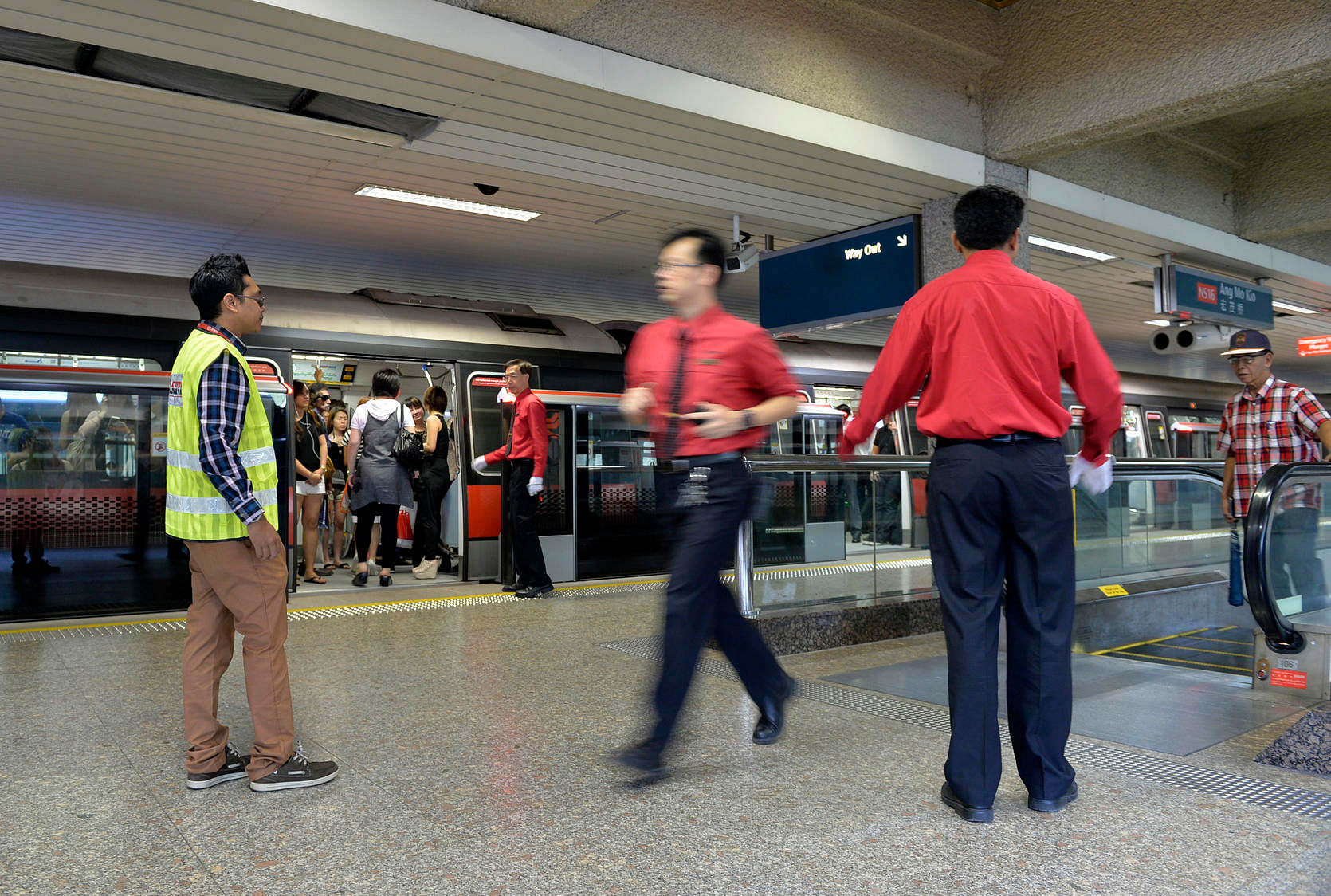
As the transition involves only the transfer of ownership of operating assets without affecting day-to-day rail operations, it will not impact the employees of SMRT, the company said.
However, to meet enhanced maintenance standards, SMRT intends to increase its maintenance staff by 20 per cent, equivalent to about 700 employees, over the next three years.
7. Shorter contract period
LTA will shorten operating licences from 30 to 40 years under the previous financing framework, to 15 years. This allows LTA to re-tender the operation of rail lines more often. It will also allow more frequent resetting of licences with new requirements.
8. Fees, charges and profits
SMRT will pay an annual licence charge for the right and responsibility to operate and maintain the train lines and earn revenue from them.
These fees, supplemented by government funds, will be used for upgrading the operating assets.
The licence charge is structured to allow SMRT an average EBIT (earnings before interest and taxes) margin of 5 per cent - about one-third of what it made in the last five years.
LTA will share some of the shortfall of SMRT Trains' fare revenue and profits, or increase the licence charge, if SMRT profits outperform.
9. No change to fares
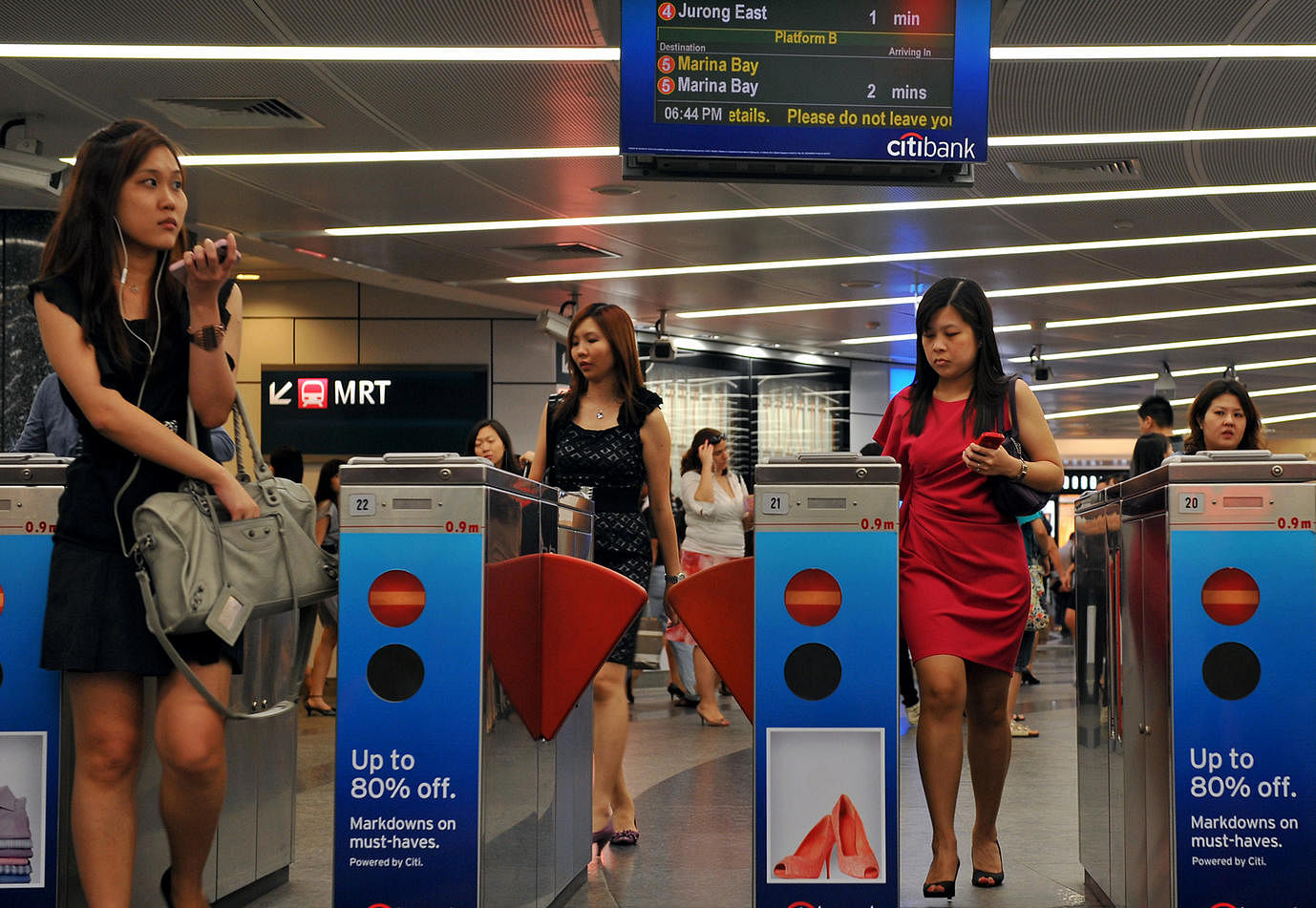
Public transport fares will continue to be regulated by the Public Transport Council. The current fare adjustment formula is valid until 2017.

